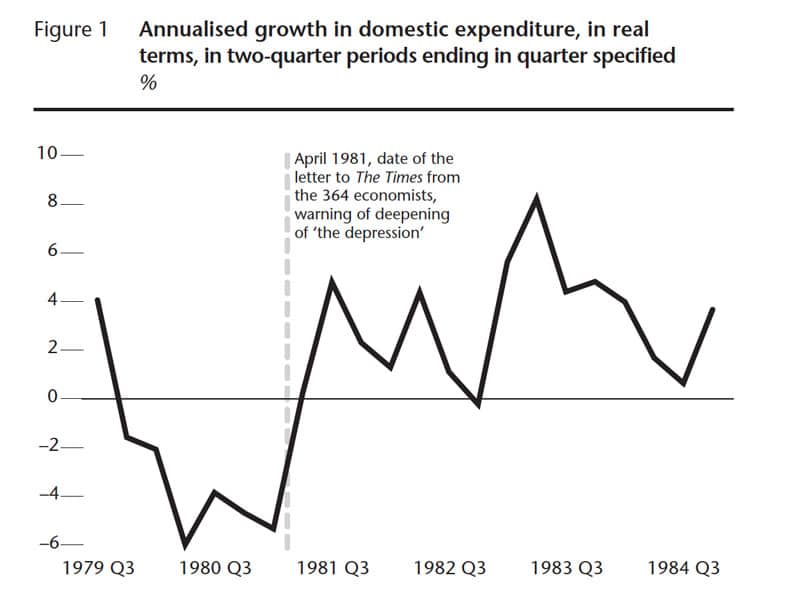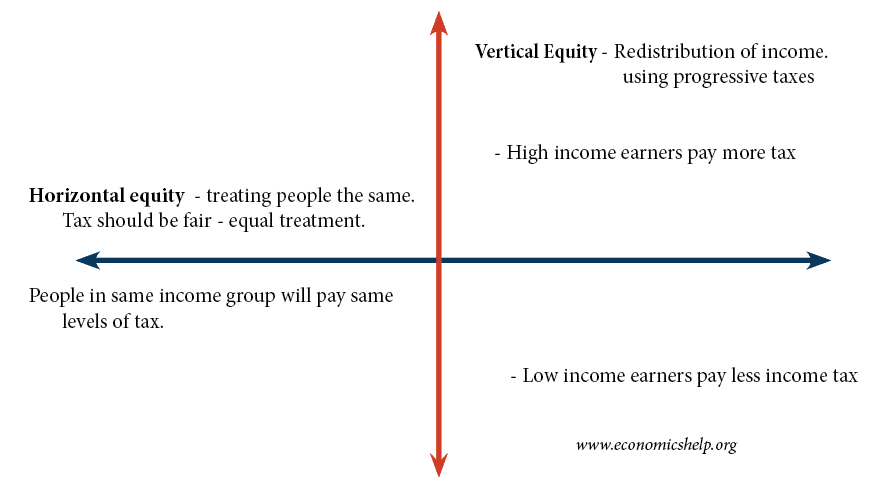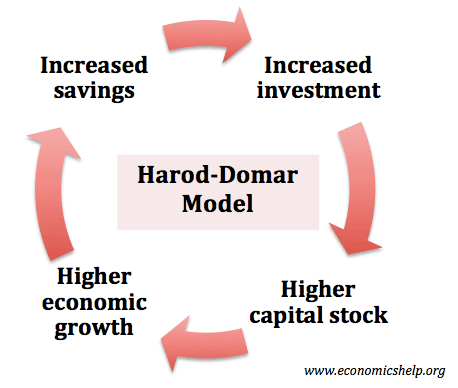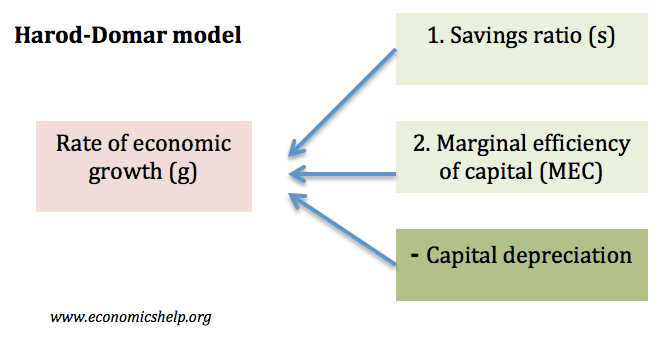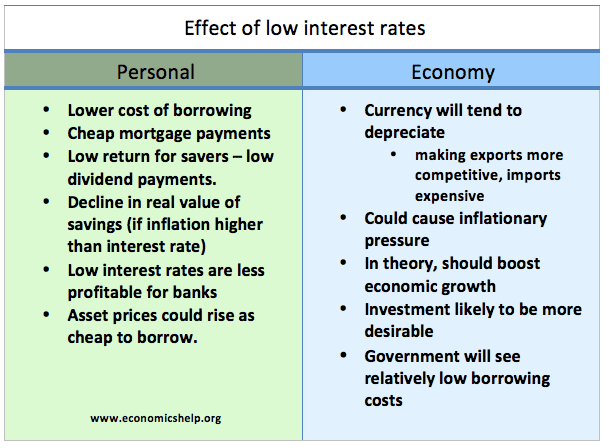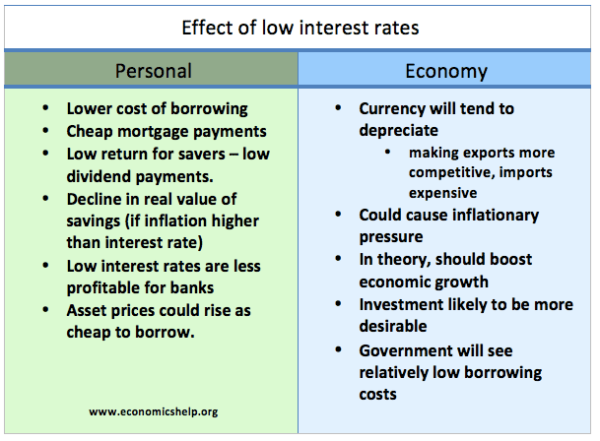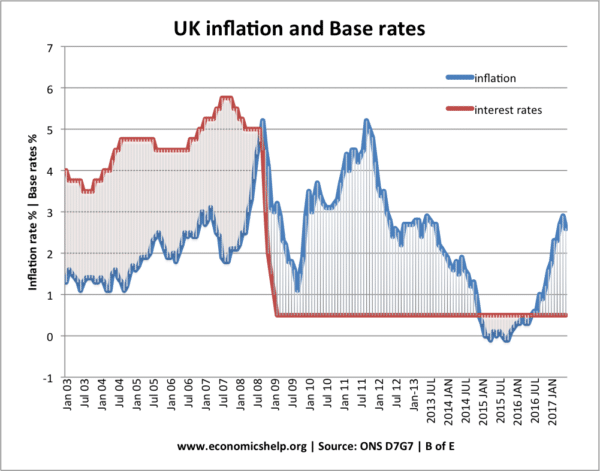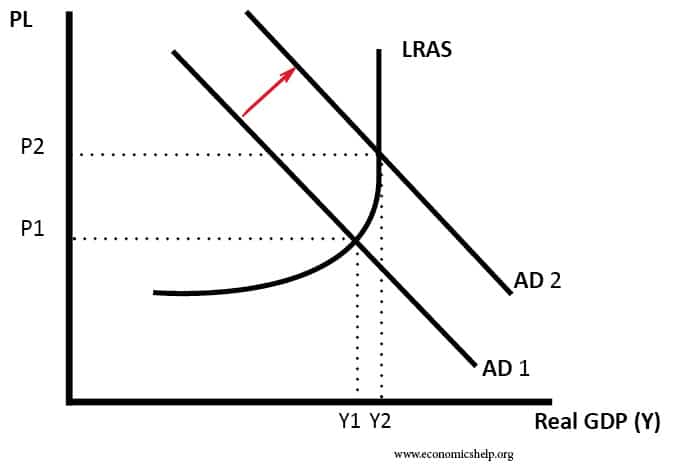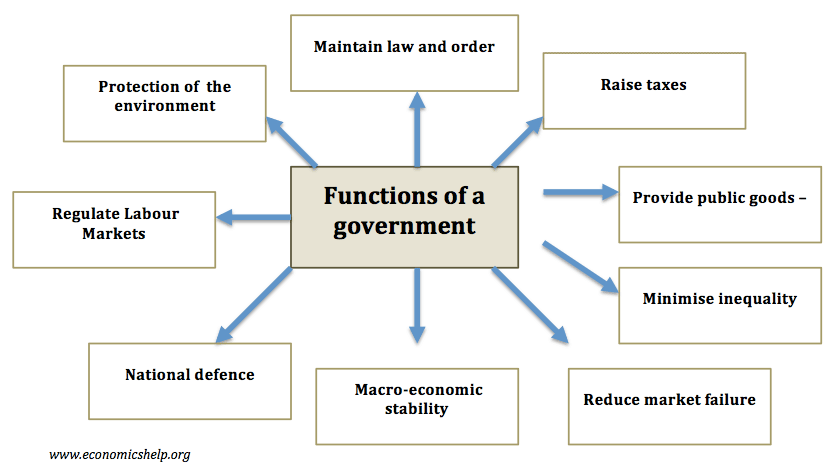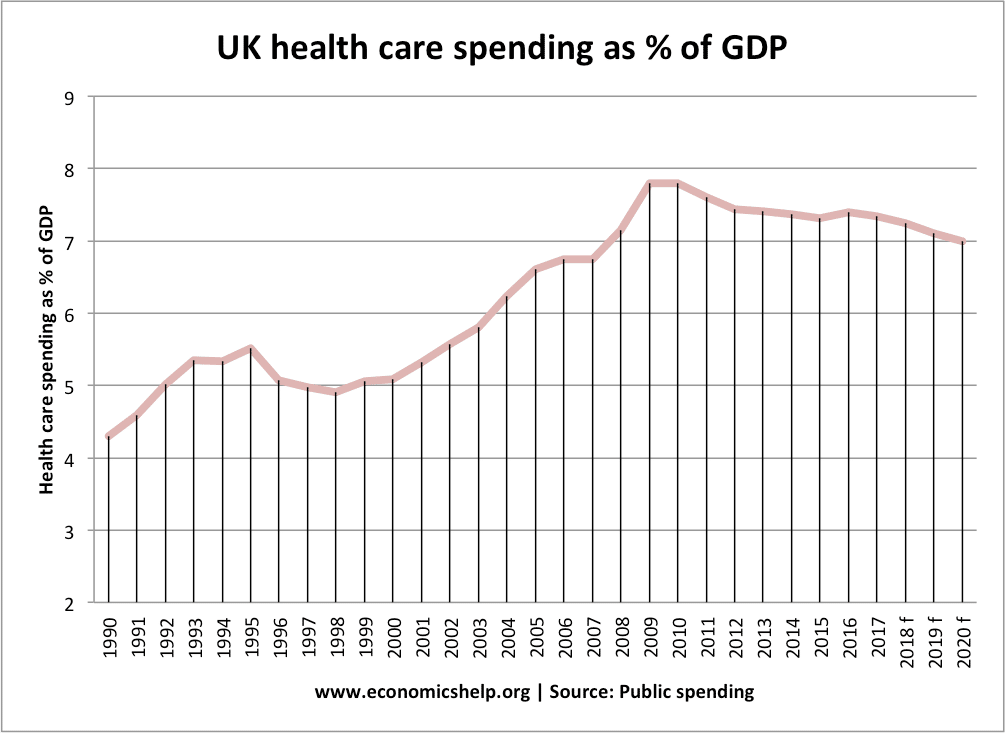The Harrod Domar Model suggests that the rate of economic growth depends on two things:
- Level of Savings (higher savings enable higher investment)
- Capital-Output Ratio. A lower capital-output ratio means investment is more efficient and the growth rate will be higher.
A simplified model of Harrod-Domar:
Harrod-Domar in more detail
- Level of savings (s) = Average propensity to save (APS) – which is the ratio of national savings to national income.
- The capital-output ratio = 1/marginal product of capital.
- The capital-output ratio is the amount of capital needed to increase output.
- A high capital-output ratio means investment is inefficient.
- The capital-output ratio also needs to take into account the depreciation of existing capital
Main factors affecting economic growth
- Level of savings. Higher savings enable greater investment in capital stock
- The marginal efficiency of capital. This refers to the productivity of investment, e.g. if machines costing £30 million increase output by £10 million. The capital-output ratio is 3
- Depreciation – old capital wearing out.
Warranted Growth Rate
Roy Harrod introduced a concept known as the warranted growth rate.
- This is the growth rate at which all saving is absorbed into investment. (e.g. £80bn of saving = £80bn of investment.
- Let us assume, the saving rate is 10% and the capital-output ratio is 4. In other words, £10bn of investment increases output by £2.5bn.
- In this case, the economy’s warranted growth rate is 2.5 percent (ten divided by four).
- This is the growth rate at which the ratio of capital to output would stay constant at four.
The Natural Growth Rate
- The natural growth rate is the rate of economic growth required to maintain full employment.
- If the labour force grows at 3 percent per year, then to maintain full employment, the economy’s annual growth rate must be 3 percent.
- This assumes no change in labour productivity which is unrealistic.
Importance of Harrod-Domar
It is argued that in developing countries low rates of economic growth and development are linked to low saving rates.
This creates a vicious cycle of low investment, low output and low savings. To boost economic growth rates, it is necessary to increase savings either domestically or from abroad. Higher savings create a virtuous circle of self-sustaining economic growth.
Impact of increasing capital
The transfer of capital to developing economies should enable higher growth, which in turn will lead to higher savings and growth will become more self-sustaining.

